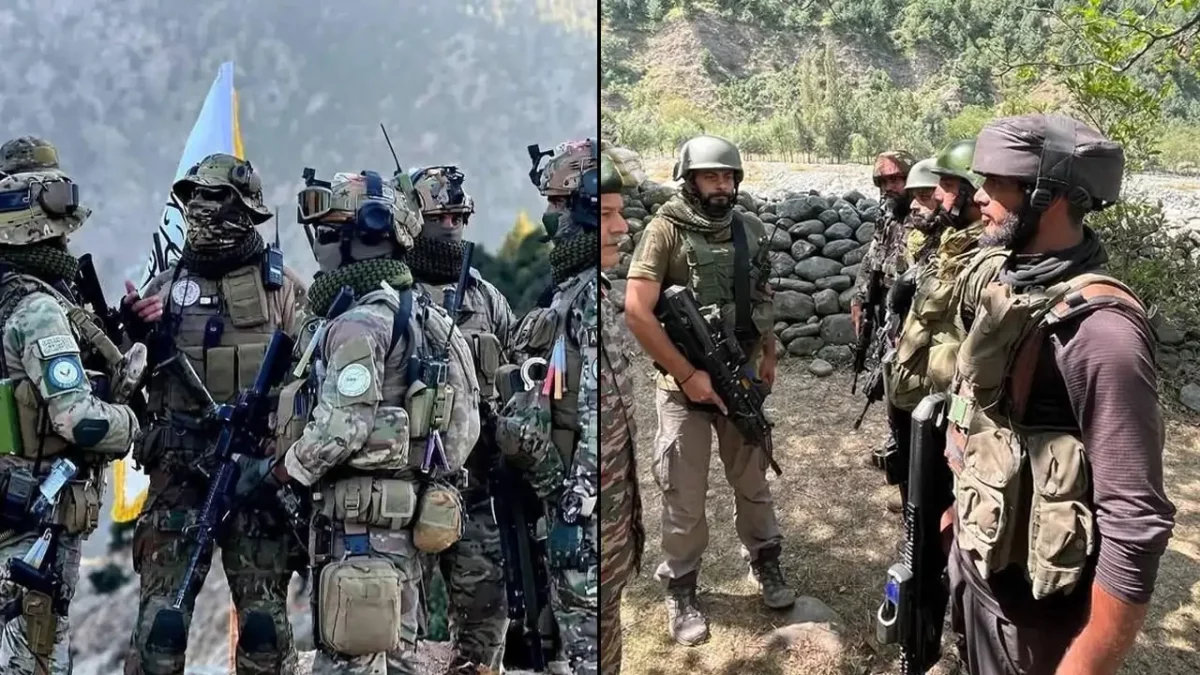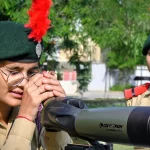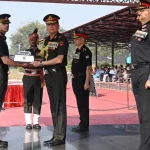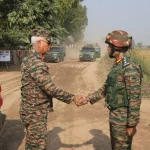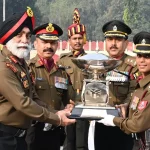The online discourse on X (formerly Twitter) about Afghan and Indian special forces gear has ignited passionate debates, reflecting broader geopolitical tensions in South Asia. As of October 2025, posts from users across India, Pakistan, and Afghanistan highlight stark contrasts in equipment, with divided camps: one side lauding the “advanced” U.S.-inherited Afghan arsenal, and the other emphasizing India’s strategic self-reliance amid criticisms of inefficiency. This analysis draws from recent X discussions, historical context, and verified equipment lists to provide a balanced view. We’ll break it down by categories small arms, protective gear, vehicles, optics and tech, and overall sustainment while addressing the biases fueling the divide.
Historical Context and Recent Triggers
Afghanistan’s special forces, primarily the former Afghan National Army Special Operations Command (ANASOC), were heavily equipped by the U.S. during the 2001-2021 intervention. The U.S. invested approximately $28 billion in weaponry, including rifles, vehicles, and aircraft, much of which fell to the Taliban after the 2021 withdrawal. This “leftover” gear often described as high-end includes items like M4 carbines and Humvees, which X users frequently cite as superior. However, sources note it’s mostly surplus, not cutting-edge, and maintenance challenges under Taliban rule could render it obsolete.
India’s special forces, encompassing units like the Para Special Forces (Para SF), Marine Commandos (MARCOS), and Garud Commando Force, draw from a mix of indigenous production (e.g., via Ordnance Factory Board) and imports from Israel, Russia, and the U.S. India’s defense budget, over $70 billion annually, far exceeds Afghanistan’s entire GDP (around $15-20 billion pre-2021), yet X debates criticize slow modernization, with posts mocking “1974 helmets” adapted for night-vision mounts.
The spark for recent X buzz appears tied to viral images from October 2025, such as those shared by @KSingh_1469, juxtaposing Afghan operatives in U.S. camouflage with Indian ones in older setups. Pro-Indian voices argue the comparisons are unfair, noting Afghanistan’s gear is “borrowed glory,” while critics, including Pakistani OSINT accounts like @PakDefTeam, highlight India’s past cooperation with pre-Taliban Afghanistan, including joint exercises in 2017. This cooperation involved training over 700 Afghan soldiers annually in India, focusing on counter-insurgency, but halted post-2021.
Counterarguments on X emphasize that Afghan equipment, while impressive on paper, suffers from a lack of spares and training under the Taliban, whereas India’s is actively upgraded through deals like the SIG Sauer procurement.
Small Arms and Weapons Comparison
Both forces prioritize assault rifles and machine guns, but origins differ significantly.
| Category | Afghan Special Forces | Indian Special Forces |
|---|---|---|
| Assault Rifles | M4/M4A1 Carbines (U.S.), AK-47 variants (Soviet-era) | SIG Sauer 716i, IWI Tavor/X95, AK-203 (Indo-Russian JV), INSAS (indigenous, being phased out) |
| Sniper Rifles | M24 SWS (U.S.), Dragunov SVD (Russian) | Barrett M95, Sako TRG-42, Vidhwansak (indigenous anti-materiel) |
| Machine Guns | M249 SAW, M240 (U.S.), PKM (Russian) | Negev NG7 (Israeli), MG2A1 (indigenous variant of FN MAG) |
| Pistols/Submachine Guns | Beretta M9 (U.S.), MP5 variants | Glock 17/19, Beretta PX4 Storm, MP9 (Swiss) |
Afghan inventories include over 3,500 M4s donated by the U.S. between 2017-2020, now potentially in Taliban hands. Indian SF have shifted to 7.62mm calibers for better stopping power in mountainous terrain.
Protective Gear and Uniforms
Protective equipment is a hotbed for criticism.
| Category | Afghan Special Forces | Indian Special Forces |
|---|---|---|
| Helmets | ACH (Advanced Combat Helmet, U.S.), some with NVG mounts | MKU Muhkti/EXFIL ballistic helmets (indigenous/U.S.), Model 1974 fiberglass (older, adapted) |
| Body Armor/Vests | IOTV (Improved Outer Tactical Vest, U.S.) | MKU/SMP bulletproof vests (indigenous), plate carriers |
| Camouflage/Uniforms | MultiCam (U.S.-style), woodland variants | Digital disruptive pattern (indigenous), region-specific like alpine camo |
Afghan gear are “leftover U.S./NATO,” not original designs. Indian upgrades include tactical gloves, boots, and belts from firms like Indian Armour.
Vehicles and Mobility
Afghan forces inherited U.S. assets, giving them an edge in numbers.
| Category | Afghan Special Forces | Indian Special Forces |
|---|---|---|
| Ground Vehicles | Humvees (over 3,000 U.S.-donated), MaxxPro MRAPs | Mahindra Marksman, Sherpa Light (French-Indian JV), TATA LSV |
| Aircraft | UH-60 Black Hawks, Mi-17 (Russian), A-29 Super Tucano | Dhruv ALH (indigenous), Mi-35 (donated to Afghanistan pre-2021) |
Optics, Tech, and Sustainment
Afghan gear shines in night-vision (e.g., U.S. goggles), but India’s BEL holographics and thermal sights are advancing. Sustainment favors India due to domestic production, while Afghanistan struggles with sanctions.
Biases and Broader Implications
The divide on X often aligns with national lines Indian users stress innovation, while others allege corruption.

